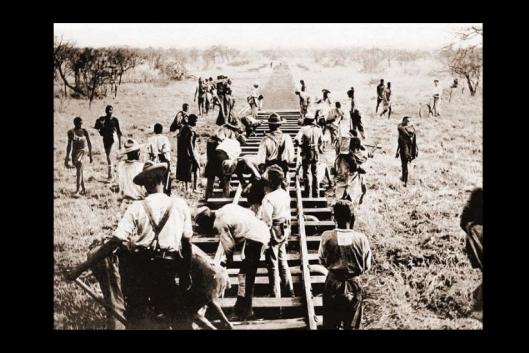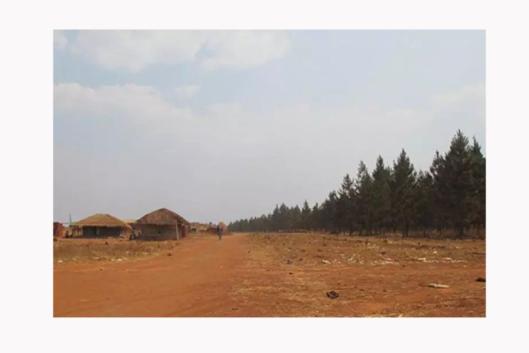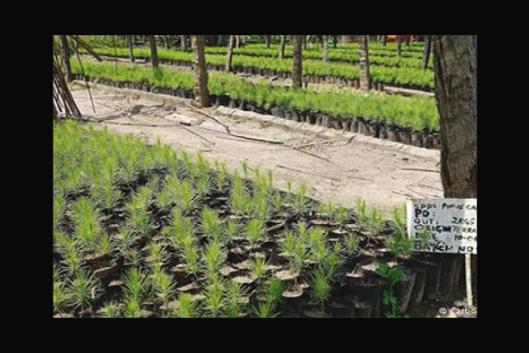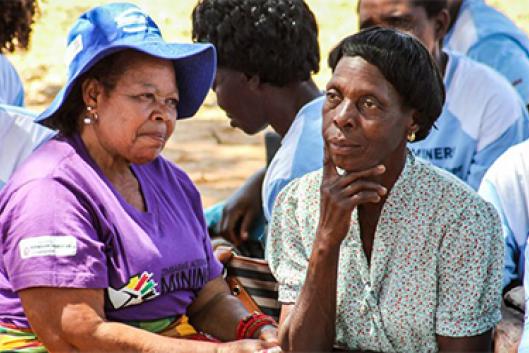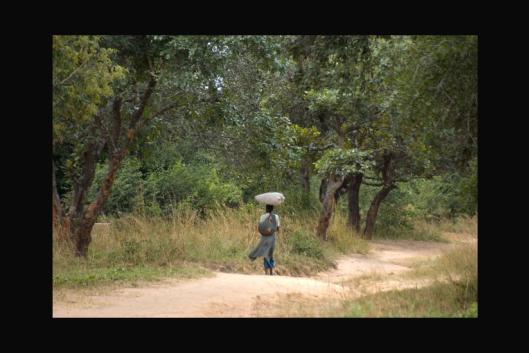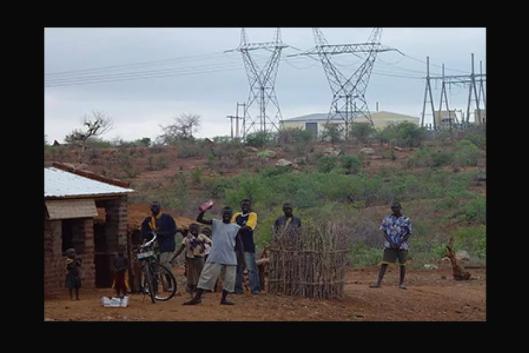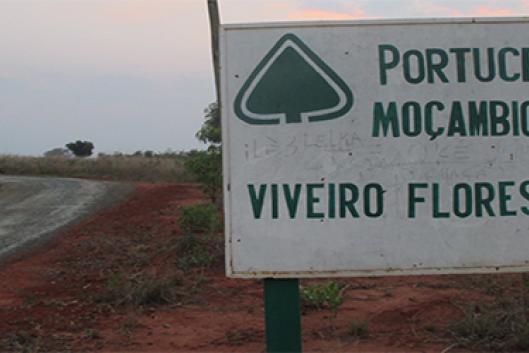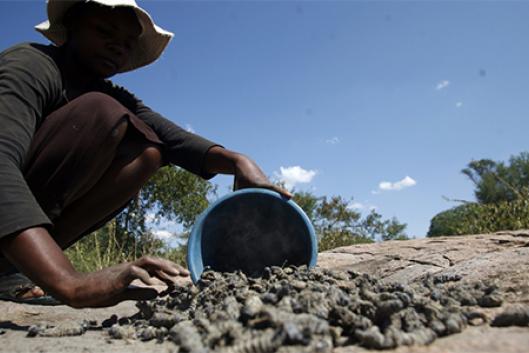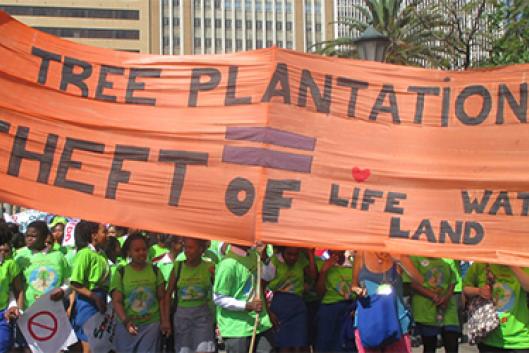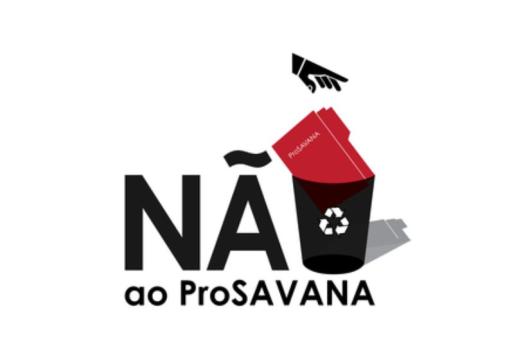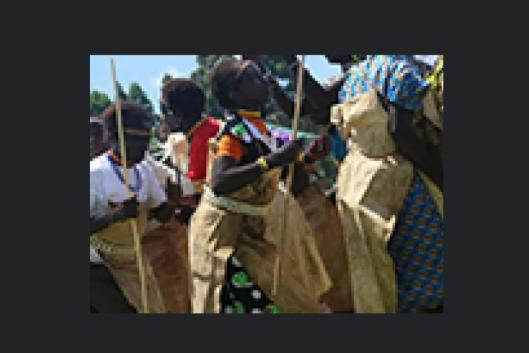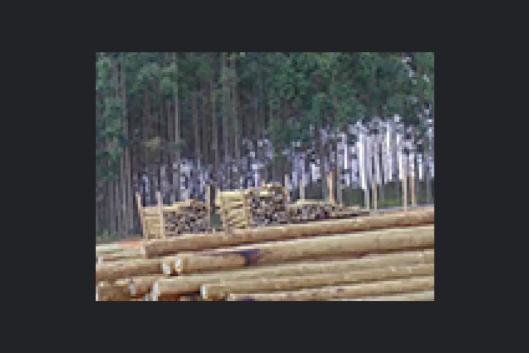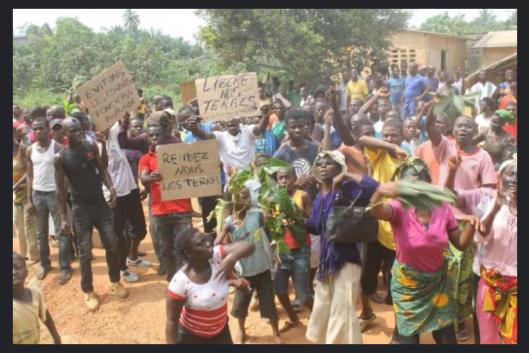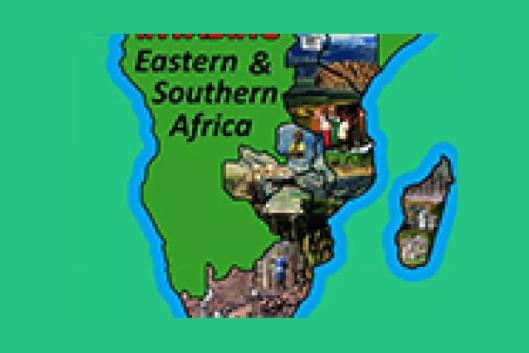In order to better understand peoples' struggles across the southern and eastern regions of Africa, reflecting on its history is crucial. This editorial highlights some parts of this history. And this, of course, is just the tip of the iceberg.
Bulletin Issue 235 – January 2018
Southern and Eastern Africa: The threats people face and their resistance struggles
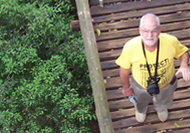
WRM Bulletin
235
January 2018
OUR VIEWPOINT
SOUTHERN AND EASTERN AFRICA: THE THREATS PEOPLE FACE AND THEIR RESISTANCE STRUGGLES
-
9 January 2018Green Resources S.A., a company with mostly Norwegian capital, is considered to be the largest tree plantation company in Africa. The reality on the ground reveals serious land conflicts between the company and local communities, in Mozambique, Uganda and Tanzania. This article reflects the situation in Mozambique.
-
9 January 2018The devastating impacts of Green Resources’ tree plantation and carbon offset project in Uganda exposes the limits of carbon markets. While villagers carry the social, environmental and other costs of this project by loosing access and control over their land, the company is allowed to profit even more from its destructive plantations, framing them as “carbon sinks”.
-
9 January 2018The extractivist paradigm in Southern Africa threatens the lives and livelihoods of peasant communities, in particular women and girls: From the Tete Province in Mozambique, where women confront water scarcity and pollution to Zimbabwe’s Marange community, where militarised and often sexualised violence haunts women’s daily lives.
-
9 January 2018Zambia’s peaceful context and strategic geographical location, combined with a desperate hunger for foreign direct investment, positions the country at the frontline of the global wave of resources grabbing, the crisis of global capital and the capitalisation of climate change
-
9 January 2018The Programme of Infrastructure Development for Africa (PIDA) was adopted in 2012 with the aim of connecting the continent’s energy, transport, water and communication infrastructure. But what kind of infrastructure does “Africa” really need and who is getting more access with such initiative? This article looks into the hydropower dams proposed for PIDA
-
9 January 2018Industrial tree plantation projects in Mozambique are gaining more and more ground in processes of land acquisition and dispute. The Portuguese company, Portucel, has a “reforestation” plan through 2026 that aims to cover 356 thousand hectares.
-
9 January 2018Over the past few years, the mopane worm population - found in isolated patches of dense forests in the driest parts of Zimbabwe, like in the Mazwi village - has been diminishing, threatening local livelihoods and food sovereignty.
-
9 January 2018This article gives an overview on the industrial tree plantation expansion threat in eastern and southern African countries, its external drivers, as well as the challenges this expansion presents to affected communities struggling to defend their land and livelihoods.
PEOPLES IN ACTION
-
9 January 2018The Third Triangular Conference of the Peoples—organized by the No to ProSavana Campaign—brought together people and organizations from Brazil, Mozambique and Japan, in October 2017 in Maputo, Mozambique. The Conference took place in a context in which the government of Mozambique is prioritizing public-private partnerships, whose main objective is to allow big investments in agribusiness, mining and hydrocarbons to enter the country. The Peoples' Declaration from the Conference calls for a broad mobilization and organization of a common front against this development model. Read the Declaration here:
-
9 January 2018The Sengwer are indigenous people who live in the Embobut forest in the Cherangani Hills in Kenya. Since British colonial rule, the Sengwer have been evicted from their homes. Now, these violent evictions are taking place in the name of conservation, to protect the forests, and to address climate change. The European Union is funding a new six-year project: the Water Towers Protection and Climate Change Mitigation and Adaptation Programme. In 2016, the Sengwer appealed to the EU to respect their rights to live in the forest.
RECOMMENDED
-
9 January 2018Almost five decades after their planting began, eucalyptus plantations have become the main cause of the deterioration of water resources in the semi-arid region of Minas, says technician Walter Viana, head of Environmental Monitoring at the Northern Minas Environment and Sustainable Development Commission, and author of a thesis on desertification in the region. As a measure to combat the water shortage that the growth of eucalyptus causes, environmentalists defend the prohibition on new plantings in the region. Read the article (in Portuguese) here:
-
9 January 2018Three villages in Côte d’Ivoire were informed in 2015 that the government had granted a concession covering a total of 11 thousand hectares to Compagnie hévéicole de Prikro (CHP), the Ivorian subsidiary of the Belgian corporation Société d’investissement pour l’agriculture tropicale (SIAT), for establishing an industrial rubber tree plantation. A recent report from the NGO GRAIN recounts the communities’ on-going struggle for recuperating their land.
-
9 January 2018The latest issue of the African biodiversity Network (ABN) Newsletter highlights the processes that participants of the 2017 Biennial Partner meeting in Nanyuki, Kenya followed to analyse and reflect upon the actions of the network over the previous two years. The newsletter also includes a reflection on Kenya’s new ban on manufacture, use, importation and sale of plastic bags as well as an article on a primary eco-school in Benin which places endogenous knowledge at the front of education. Access the newsletter (in English) here: http://africanbiodiversity.org/abn-news-07/
-
9 January 2018This briefing, compiled by the World Rainforest Movement (WRM) and the Timberwatch Coalition (TW), is now also available in Swahili. It focuses on various internal and external factors determining changes in the extent of land under industrial tree plantations in 11 eastern and southern African countries: Malawi, Mozambique, Zambia and Zimbabwe; Kenya, Tanzania and Uganda; South Africa, Swaziland and Lesotho; and Madagascar.
